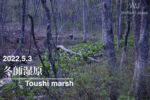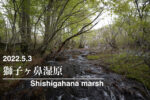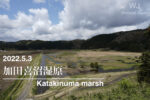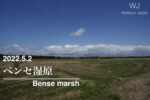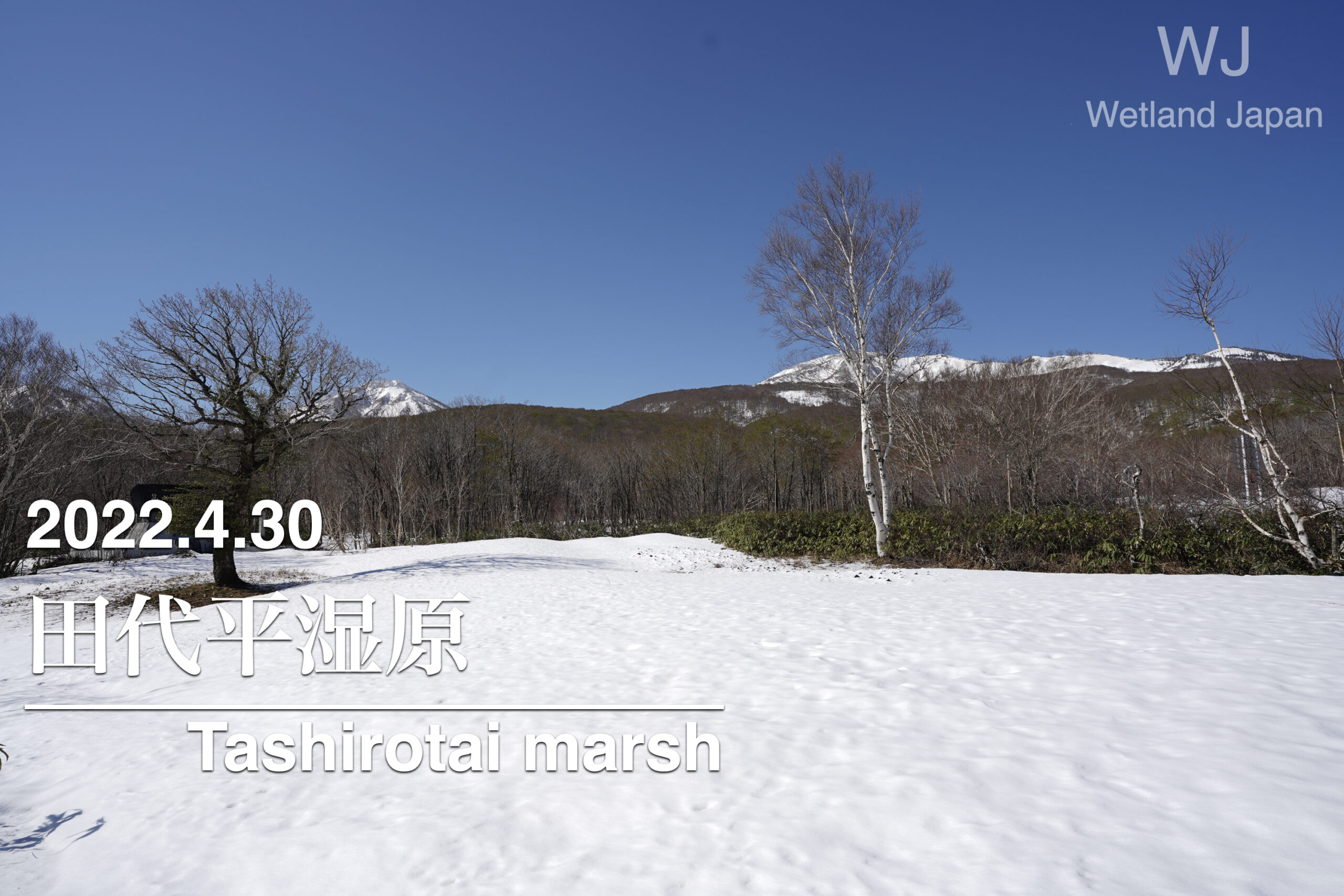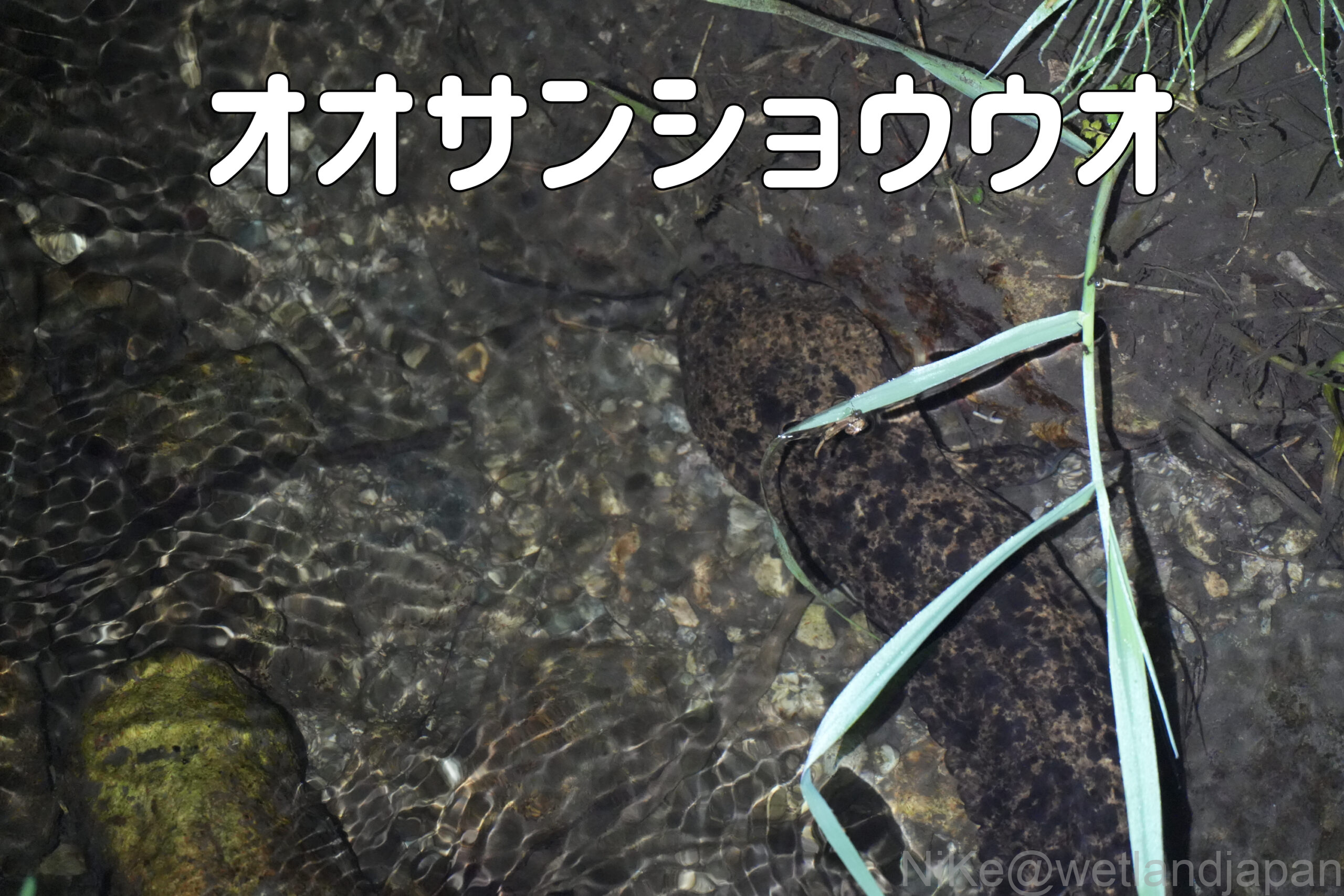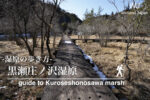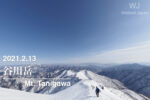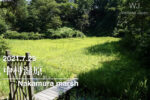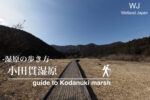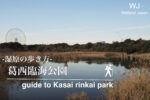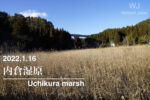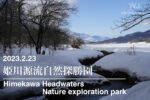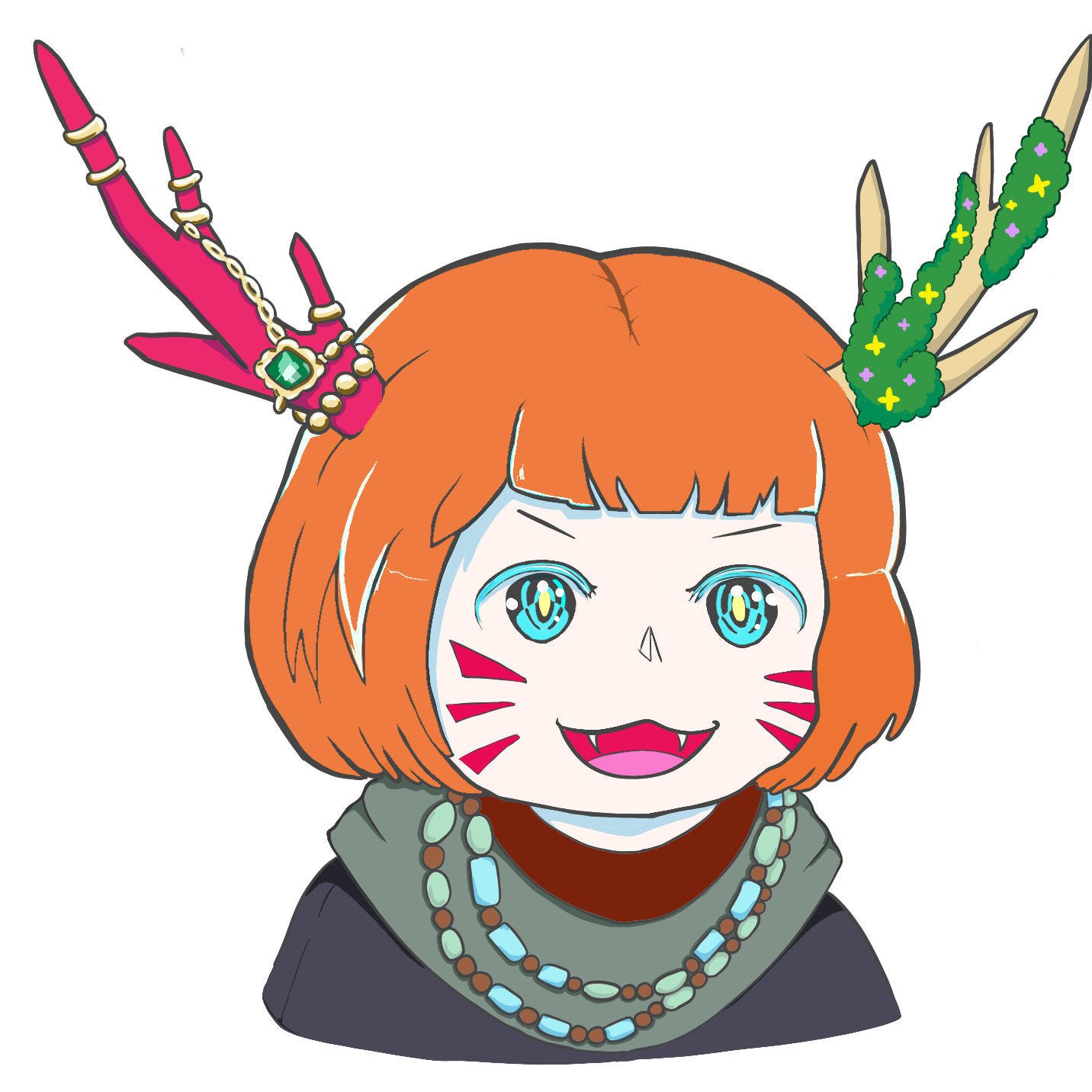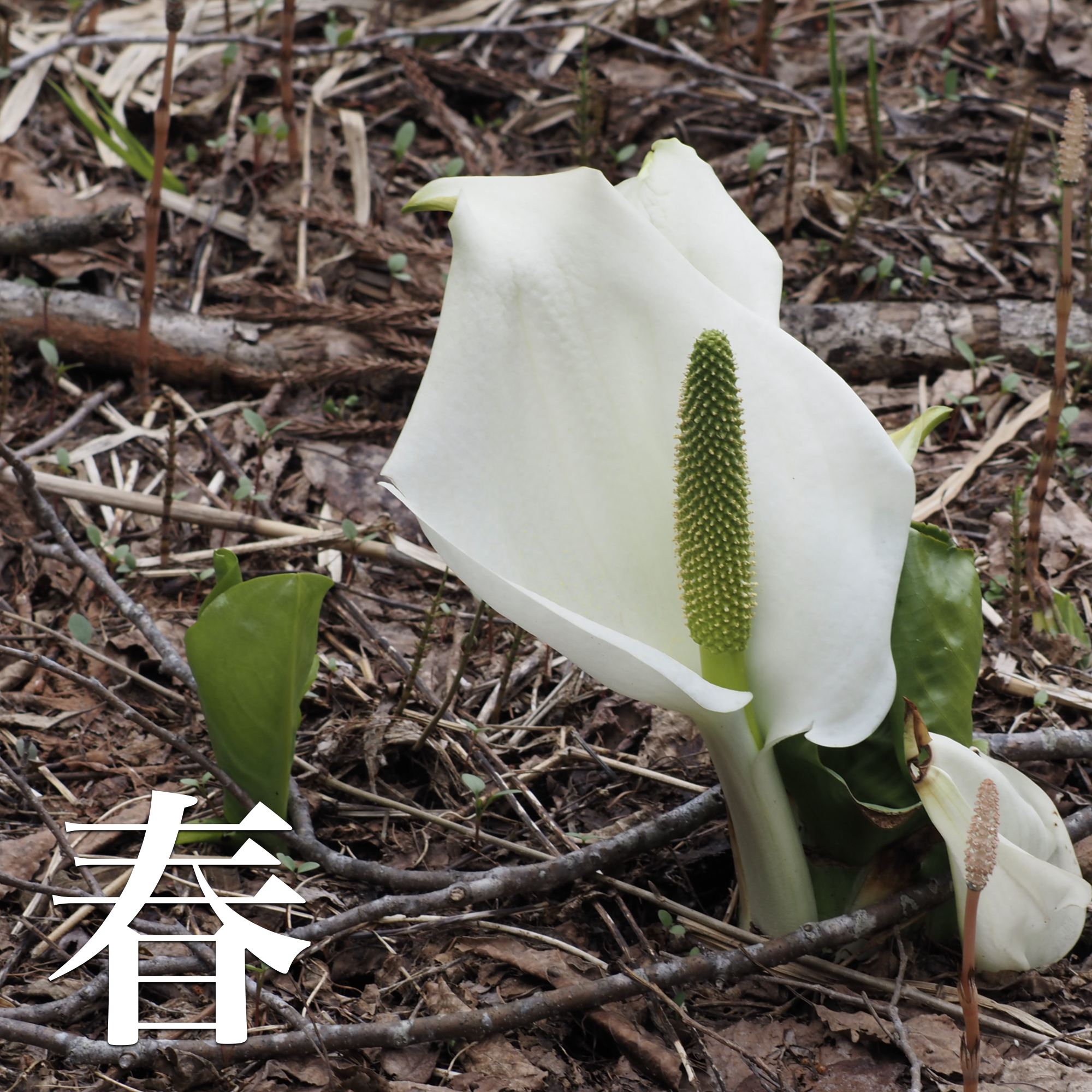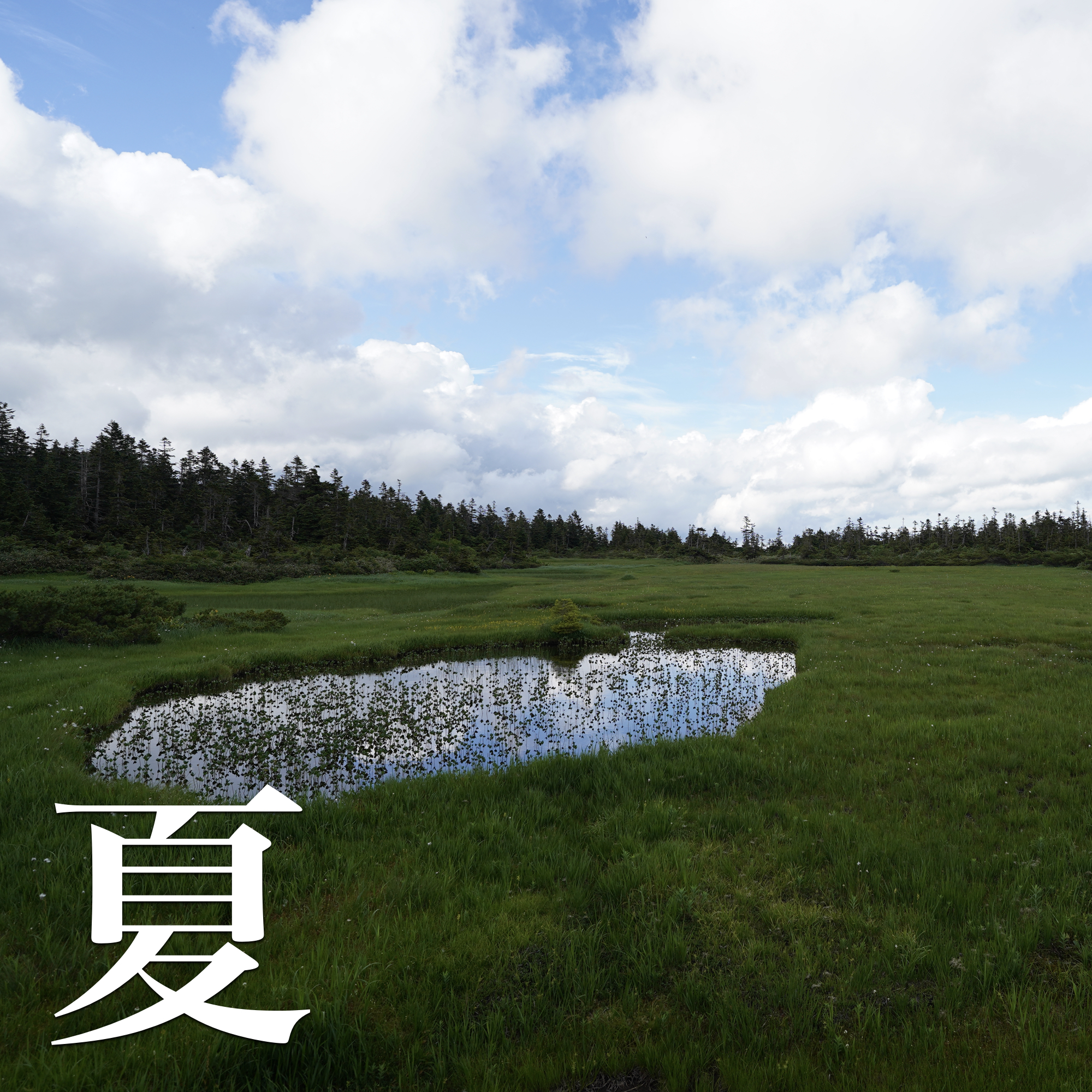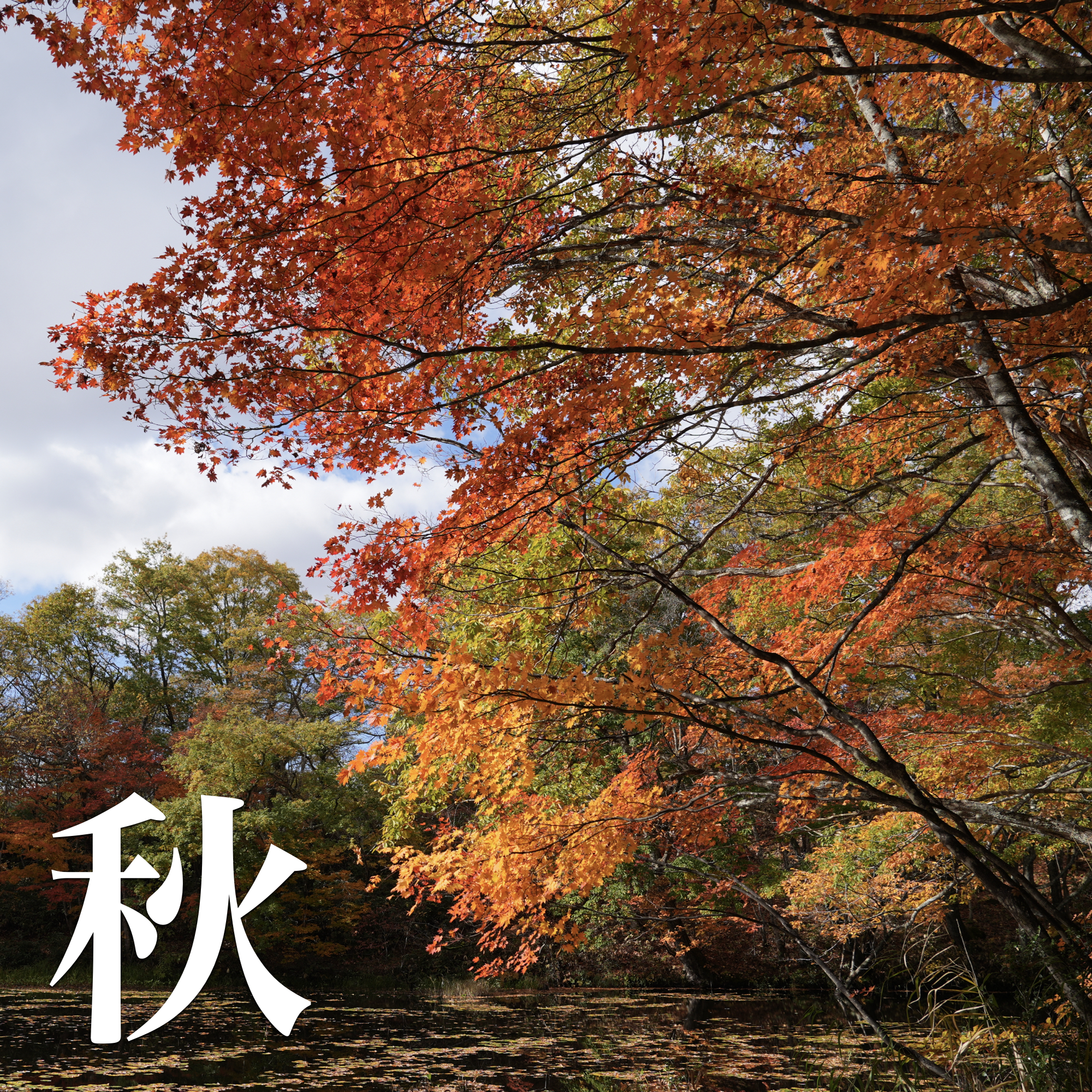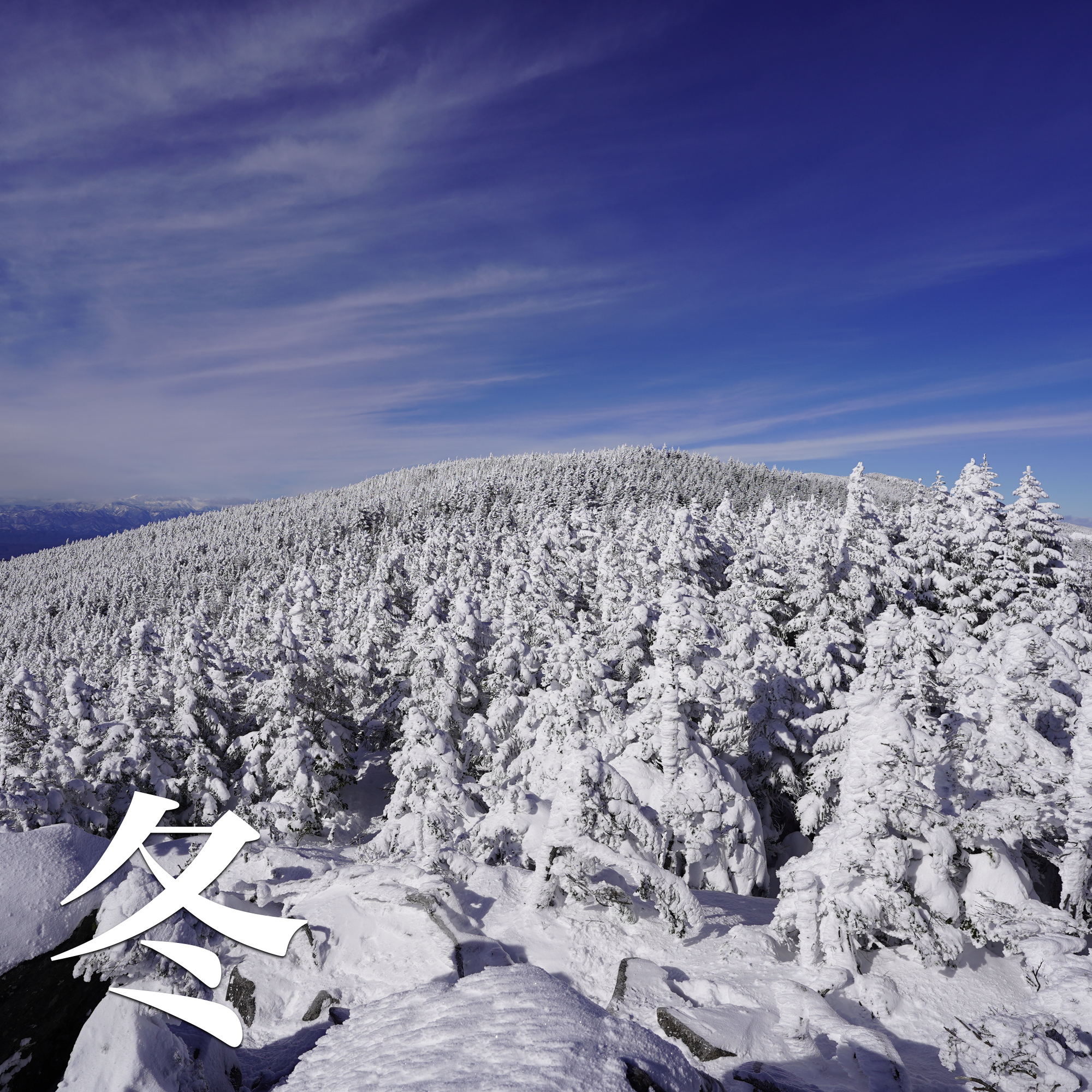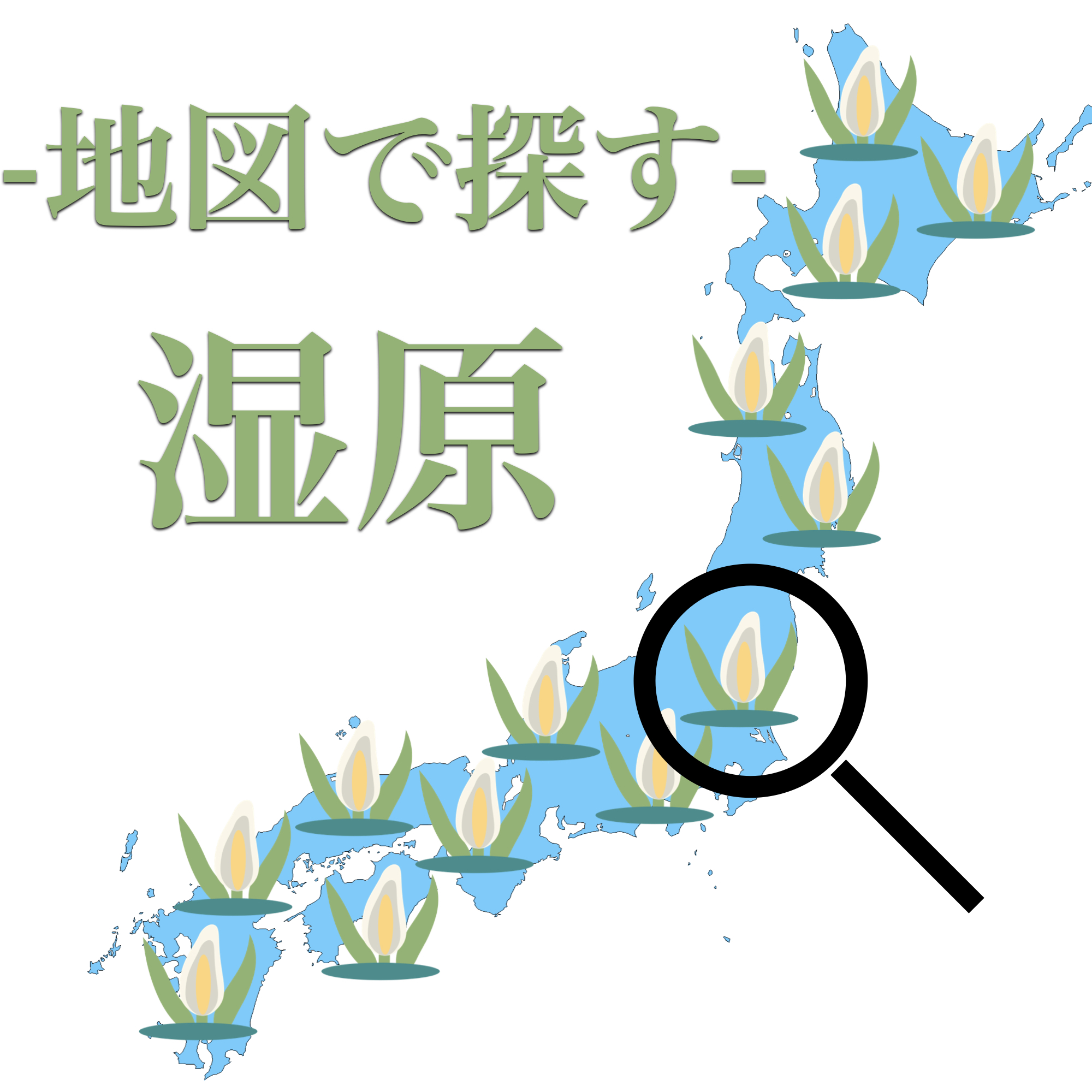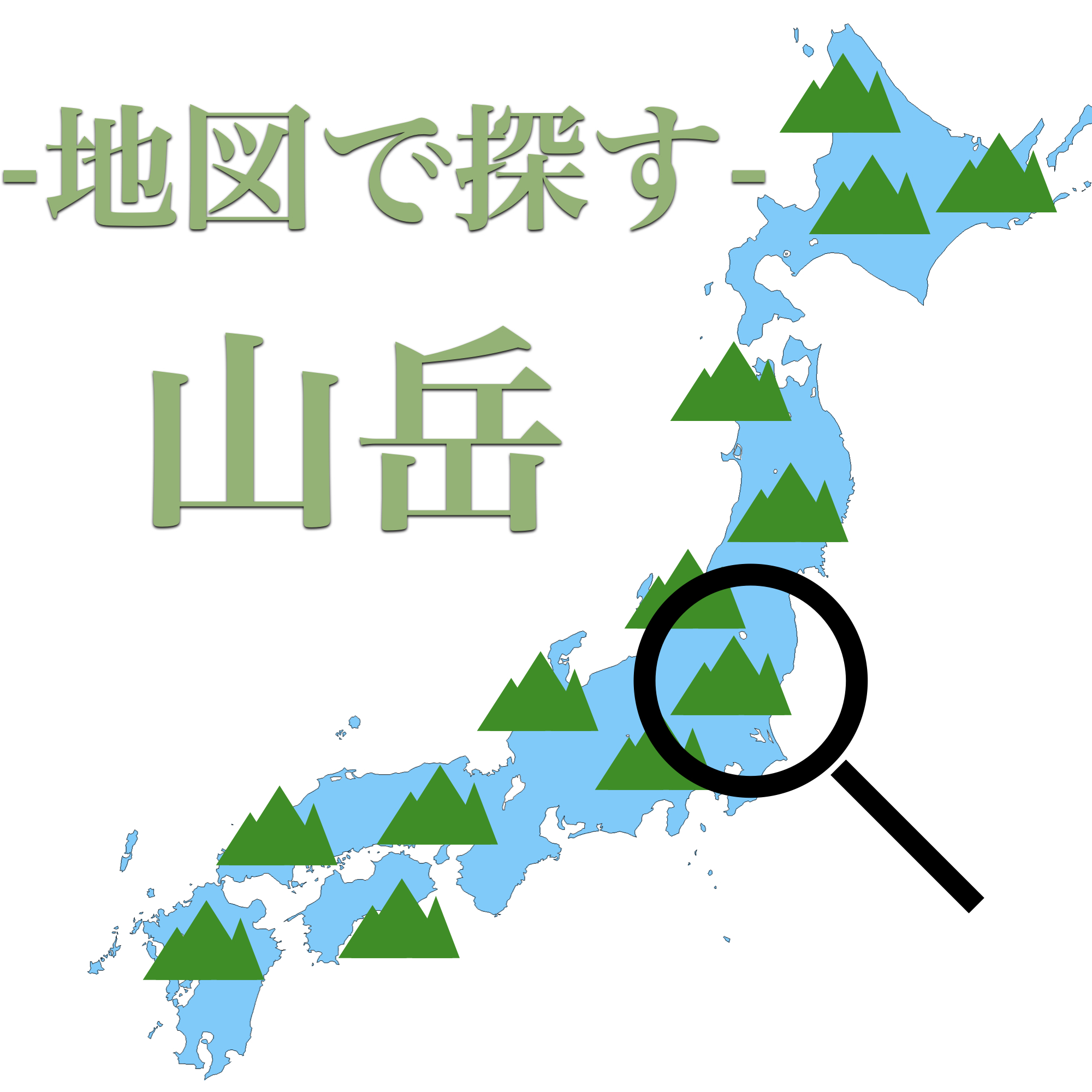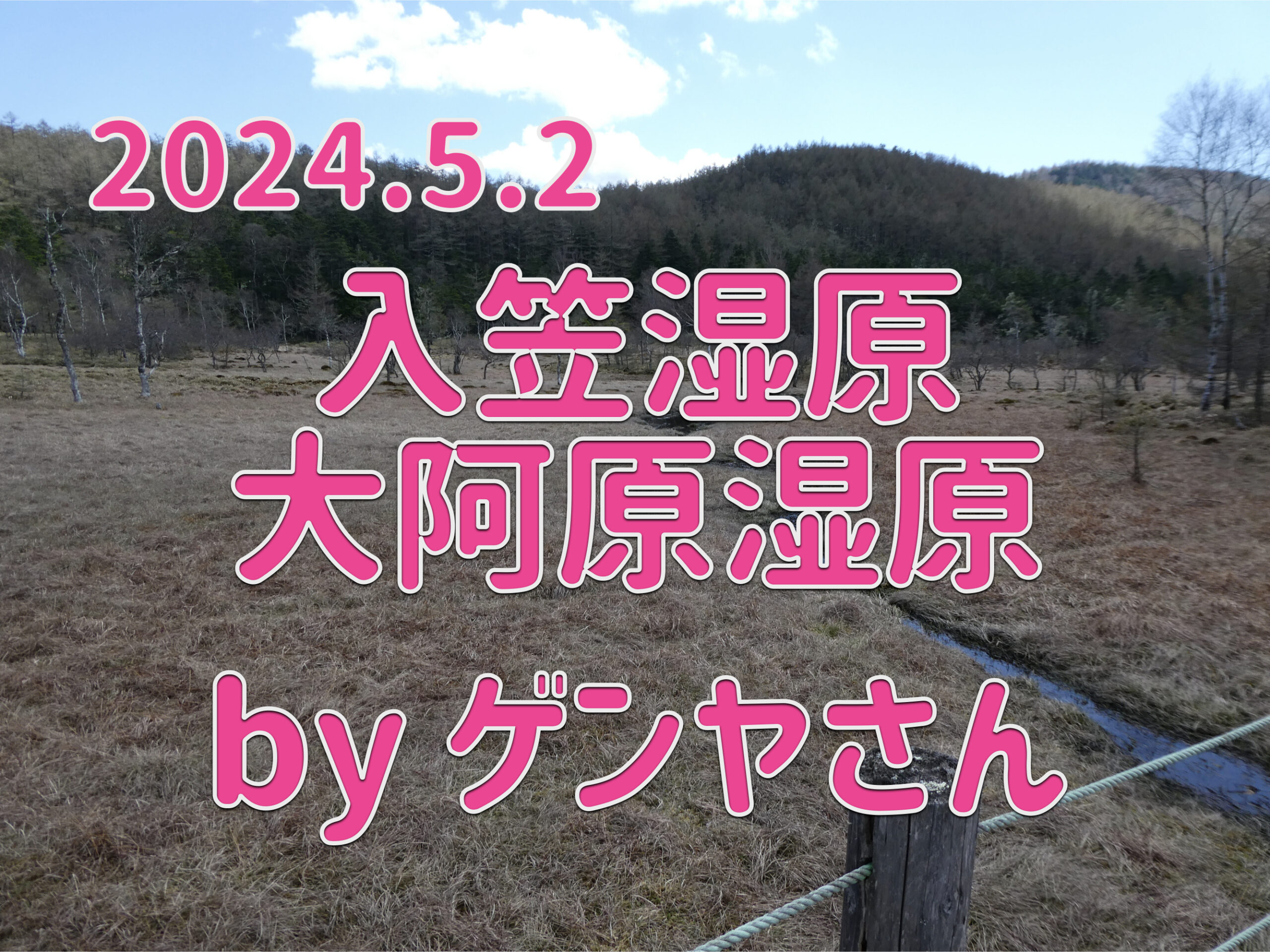
Once you pass Kofu on the Chuo Line, you can see the peaks of the Southern Alps, reaching an altitude of 3,000 meters.
Once you pass Mt. Fuji, the landscape changes into a gentle mountain range.
Within this area is the Fujimi Kogen Panorama Resort, with Mount Nyukasa at its peak, and there is also a gondola that takes you from an altitude of 700m all the way up to the plateau at 1,700m.
This is a major resort where you can enjoy the views and seasonal flowers all year round.
This time, we took advantage of this excellent access to visit the Japanese larch trees that can only be seen deep in the mountains, the Nyugasa Marshland along the way, Mt. Nyugasa, which is just a little over 2000m above sea level, and the Oawara Marshland that lies beyond.
▼This mountain trip is packed with a variety of spring scenery.
The fields at the foot of the mountain are also bustling with dandelions in bloom.
The roadside lilacs and cherry blossoms are in full bloom.
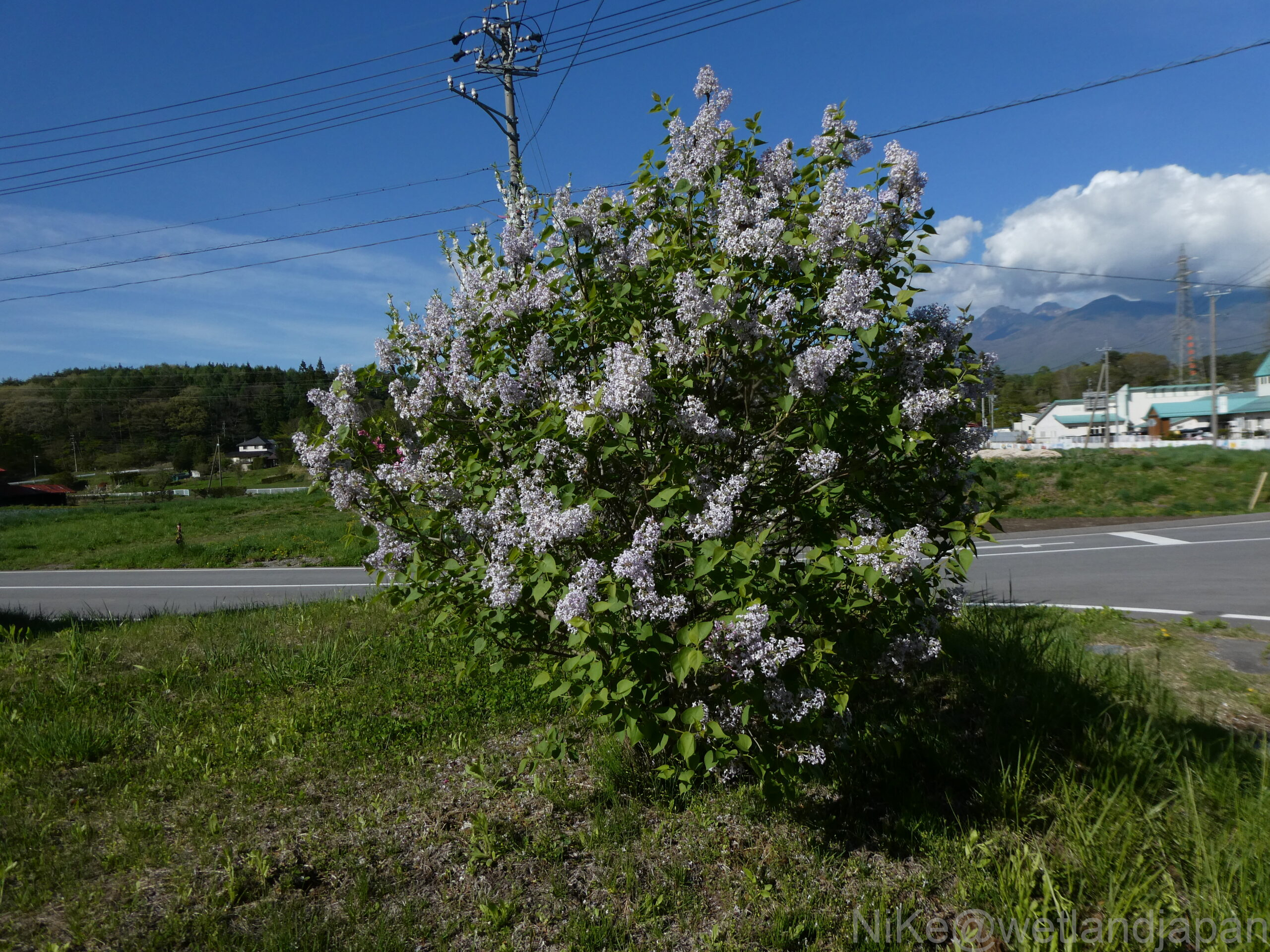
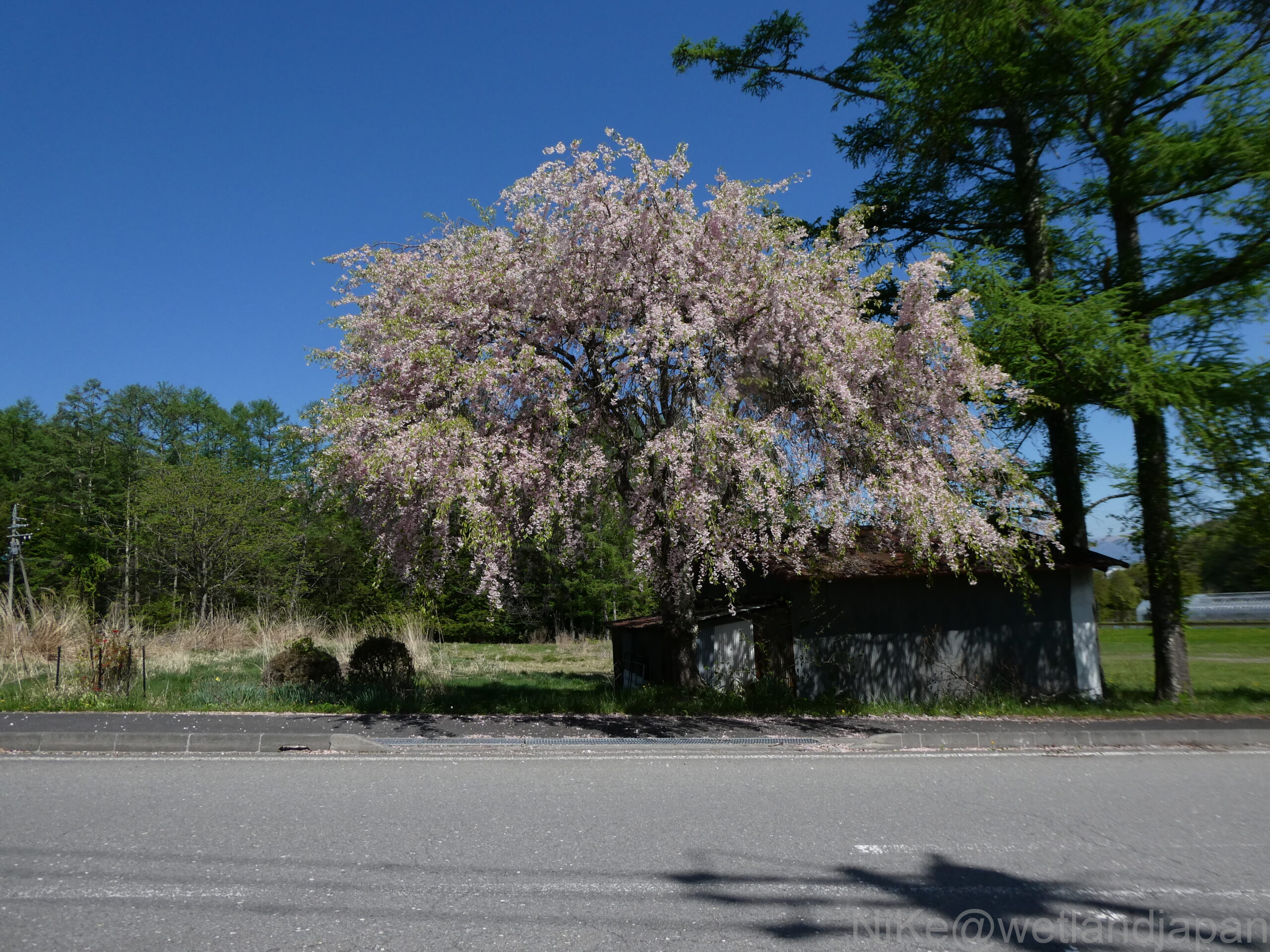
▼The Japanese larch trees seen from the gondola are lively with yellow-green leaves.
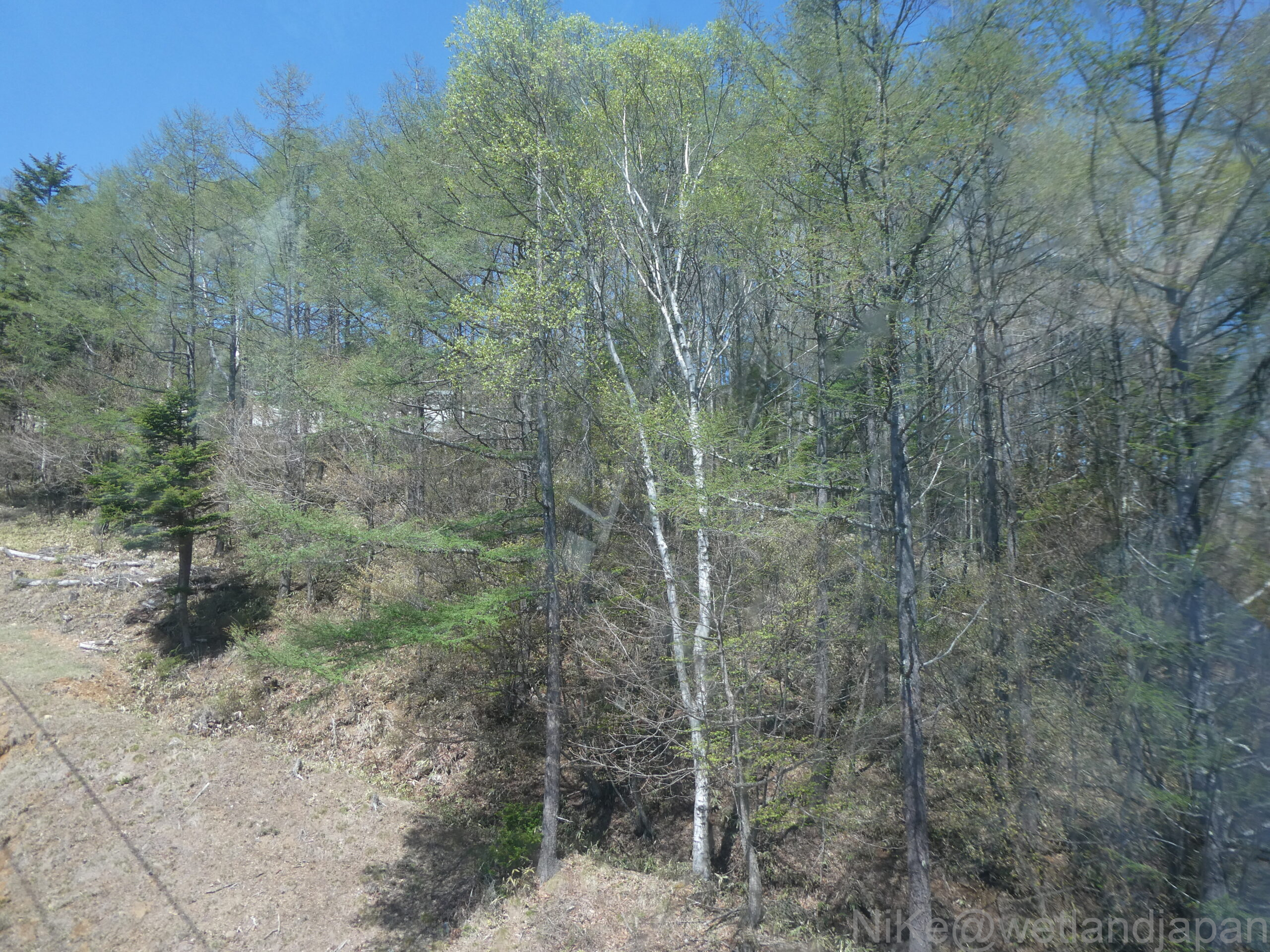
▼From the gondola's summit station, you can see Mt. Yatsugatake directly ahead. Remaining snow can be seen in the valley.
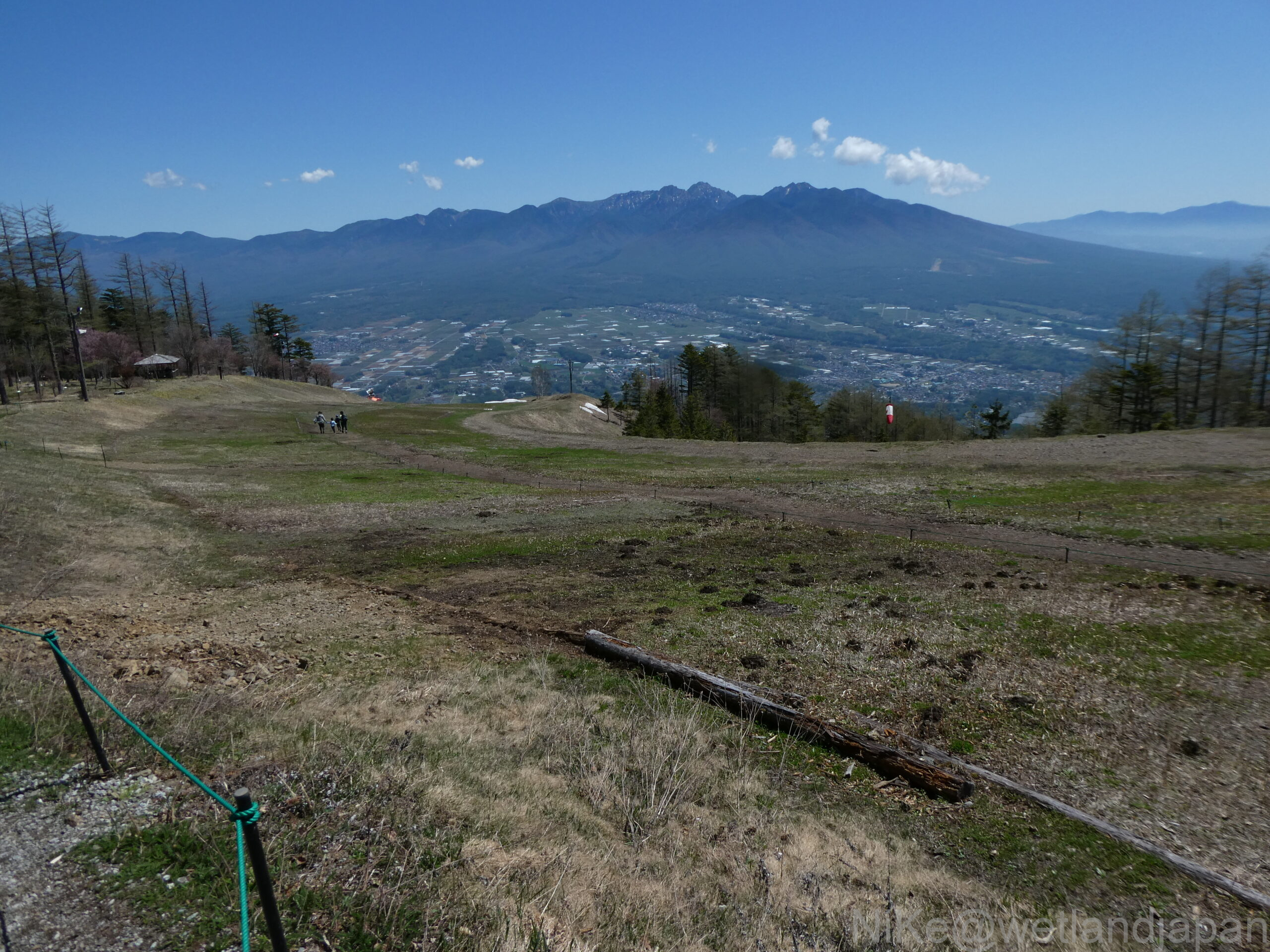
▼The Dogtooth Violets that I saw in the town park at the end of March were in full bloom here, so I got to see them twice.
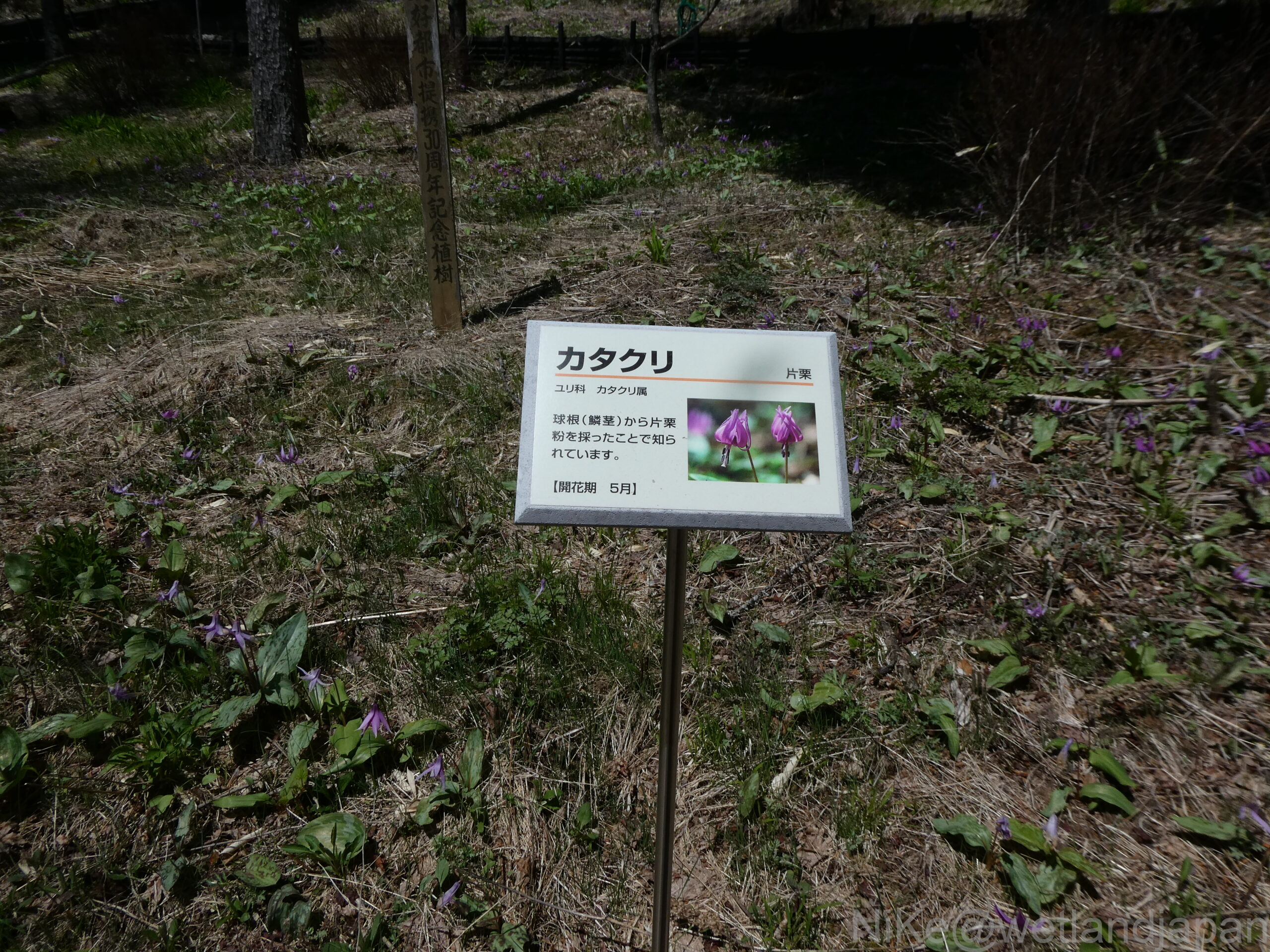
▼Path through a coniferous forest of silver fir, larch, etc. to Nyukasa Marsh
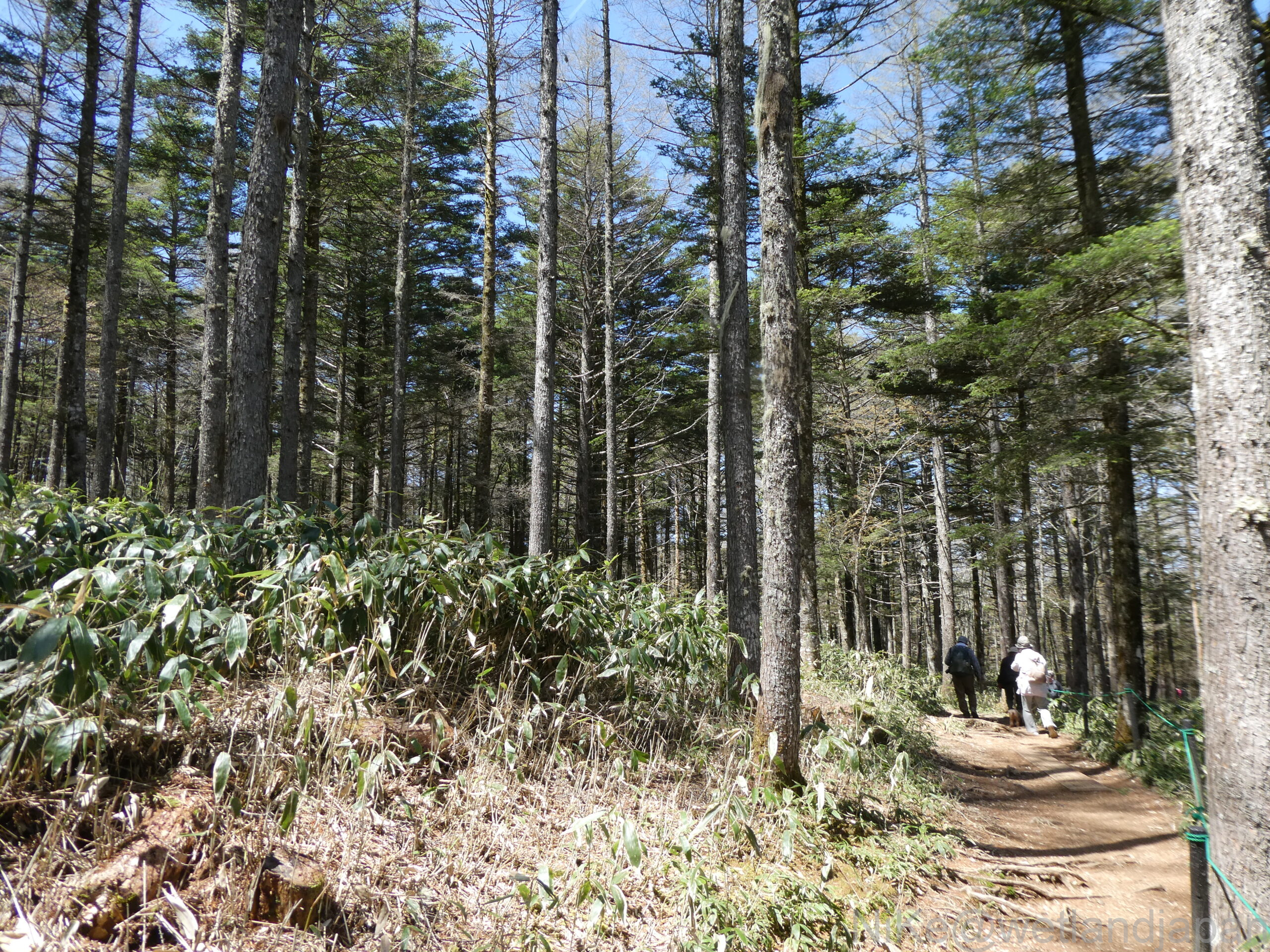
▼We entered Nirasaki Marsh and finally found some skunk cabbage, making us feel the presence of spring here too.
Lily of the valley seems to come a little later.
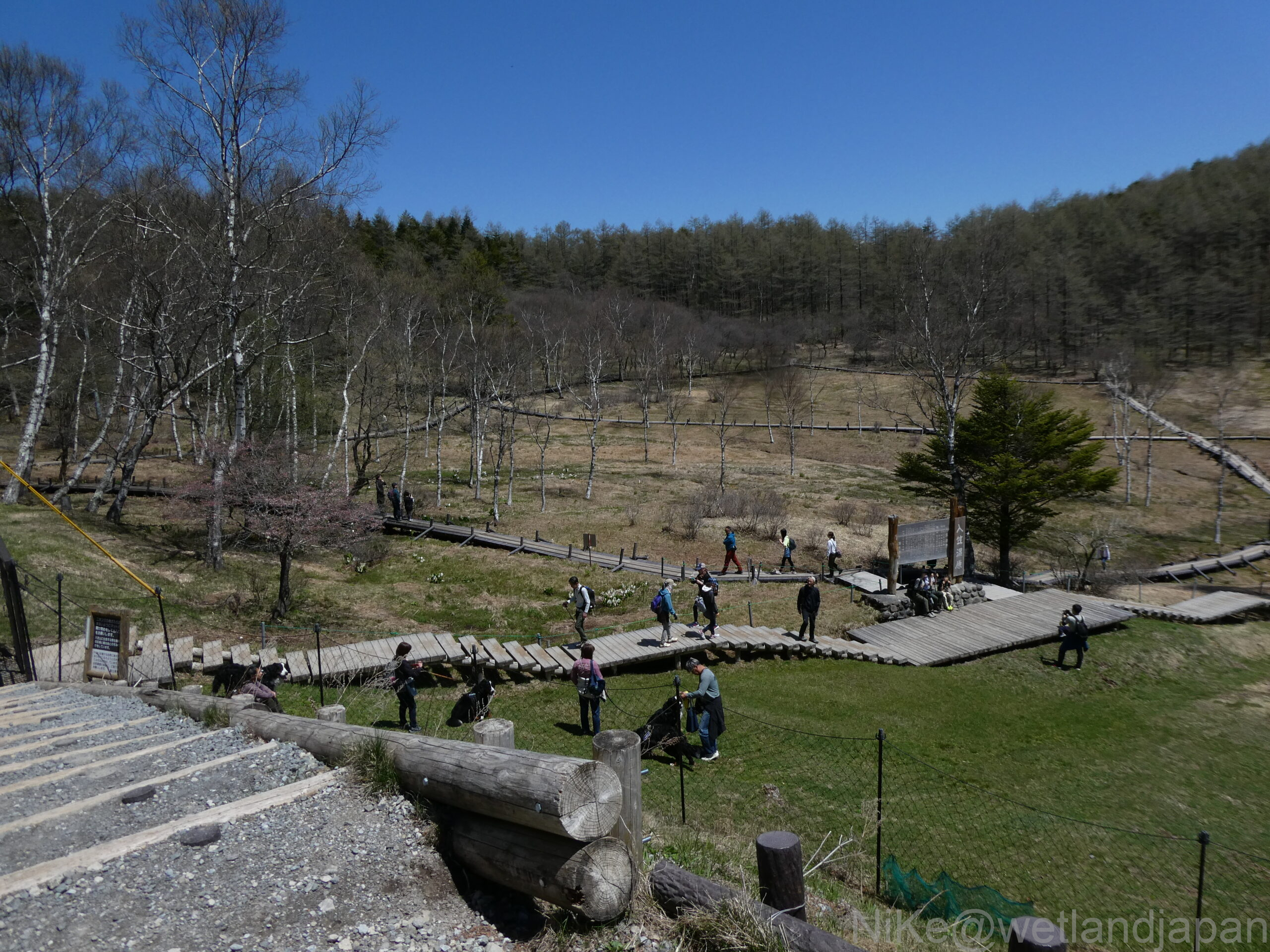
Information board for Nyugasa Marsh
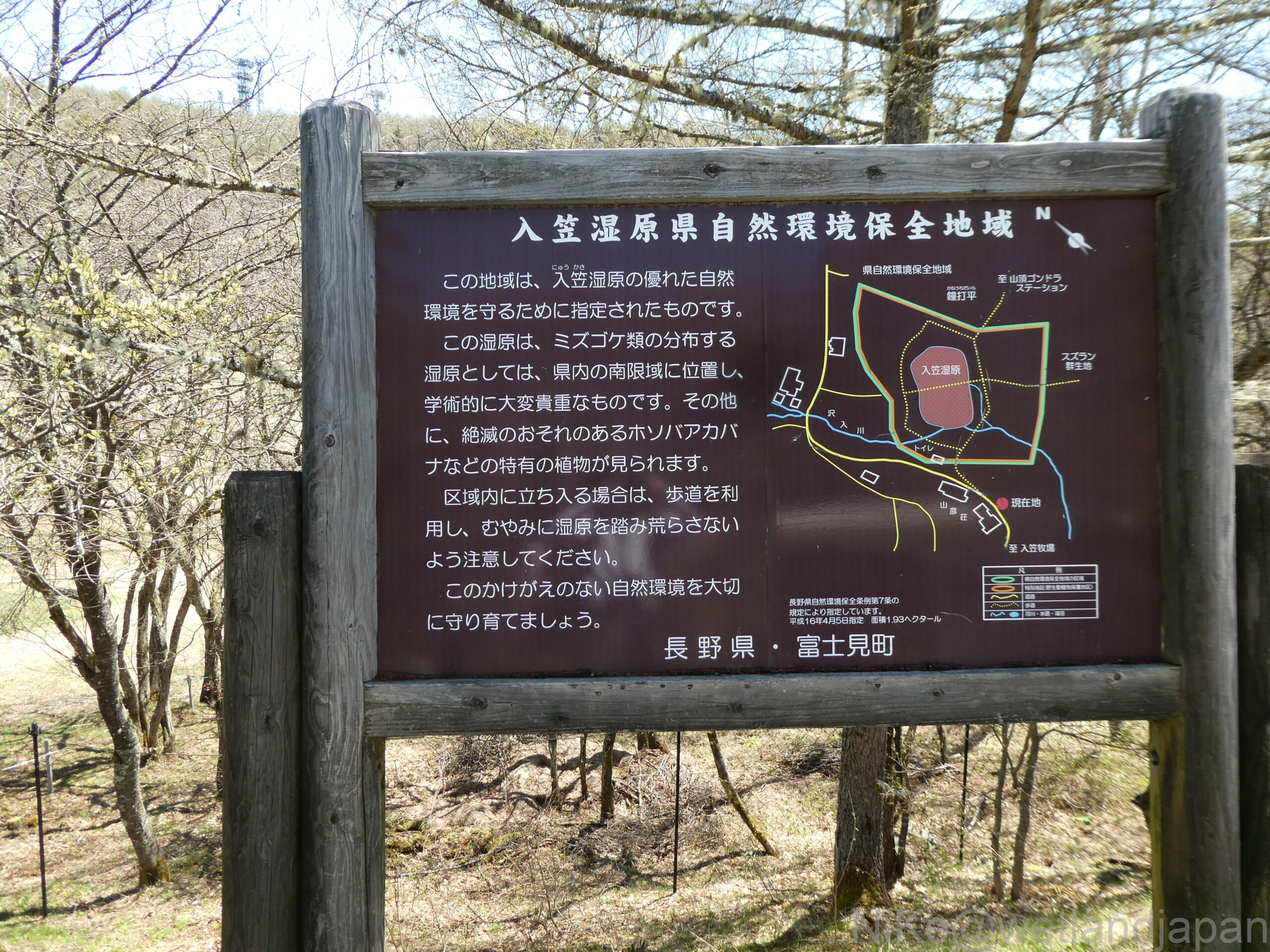
▼At the flower field, we saw a signboard that showed us the path up to Mt. Nyukasa. The climb takes about 40 minutes, with an elevation difference of about 200m and a distance of 1km. The Japanese larch trees around here had no leaves yet.
We start climbing Mt. Nyukasa from the flower fields.
When you look back, you will see a grassland slope covered with lily of the valley plants.
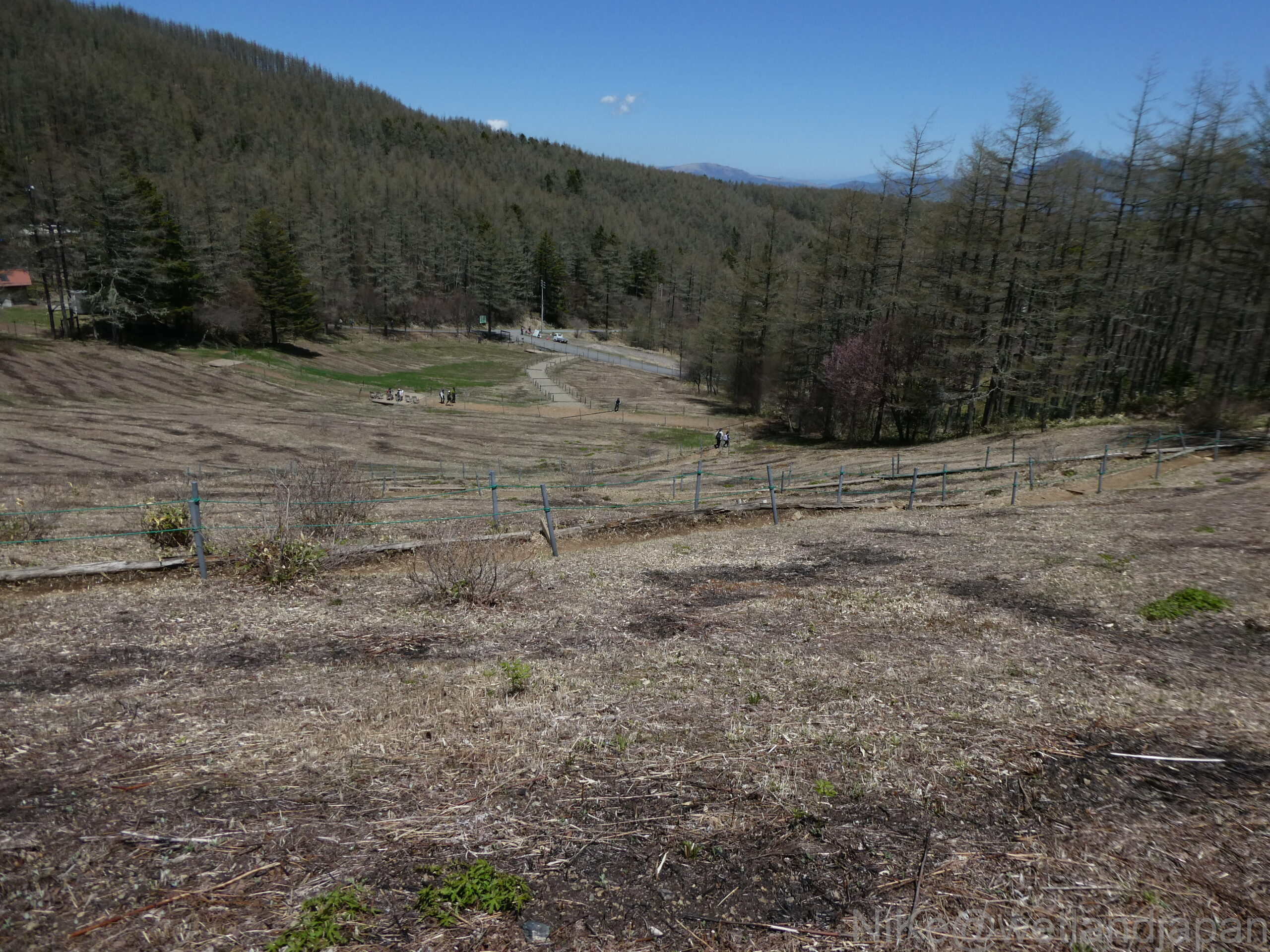
▼ Usnea growing on a larch tree seen on a hiking trail through the forest
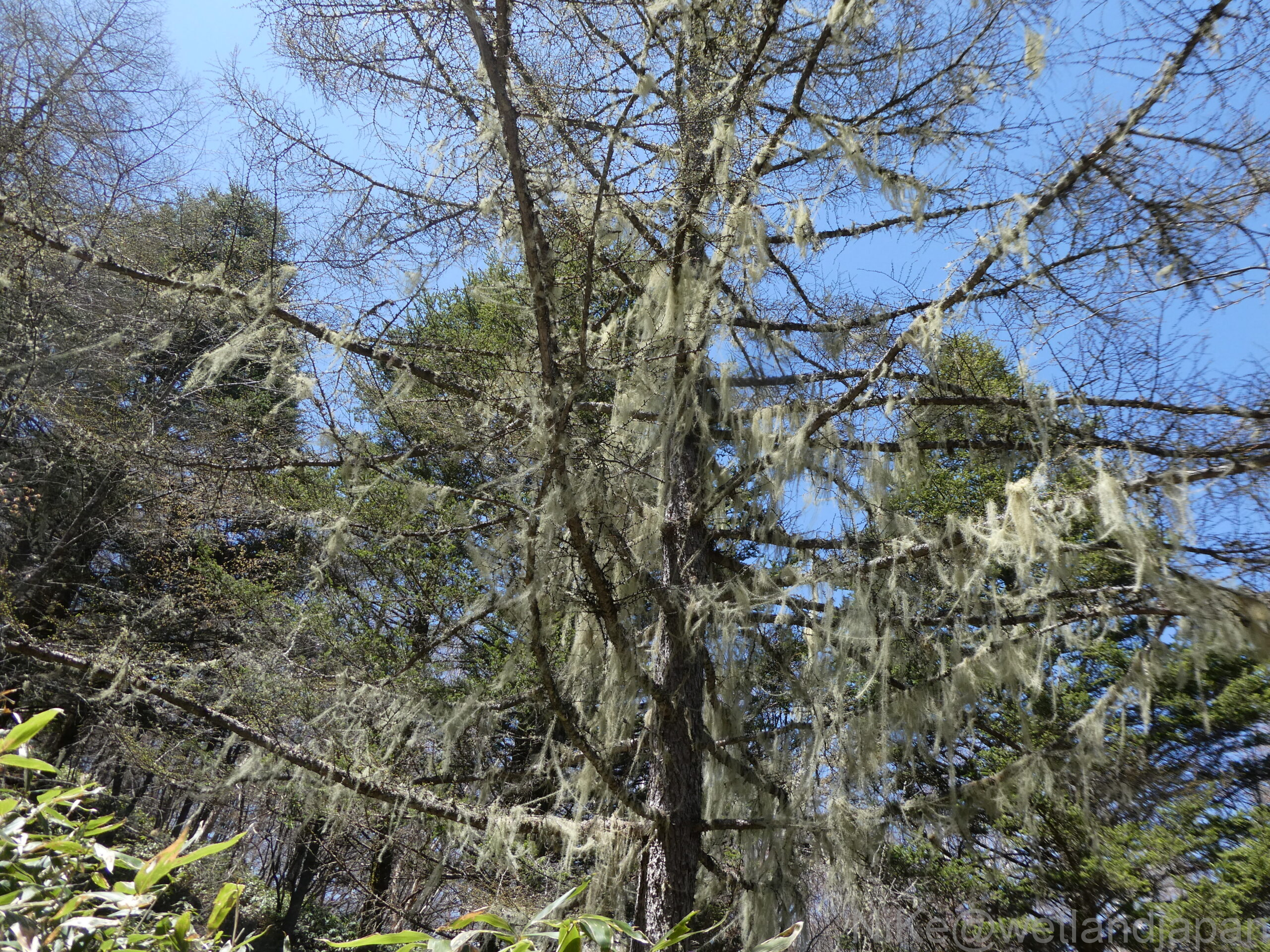
▼The larch trees here have not yet produced leaves.
Shinshu is known as a place where larch grows naturally.
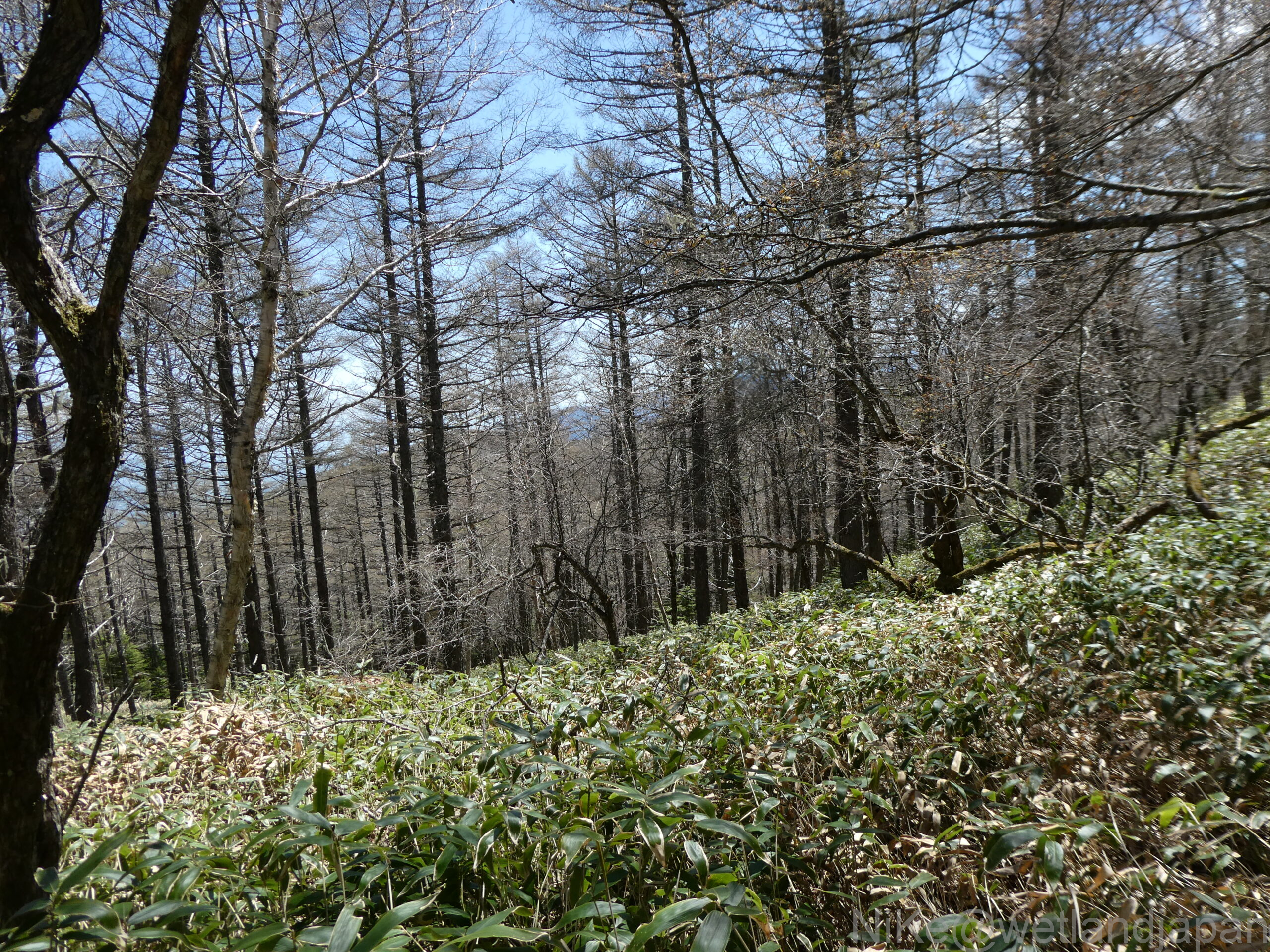
▼Just as your legs start to get tired and the blue sky begins to sink below, you've reached the summit.
It was a sunny day today, and just as the brochure said, we were able to enjoy a wonderful 360° view stretching from the Northern Alps to the Southern Alps and all the way to Mt. Fuji.
There is still a lot of snow on the Alps. After lunch, we head down a 200m path to our next destination, Oawara Marsh.
There is still a lot of snow remaining in the Alps.
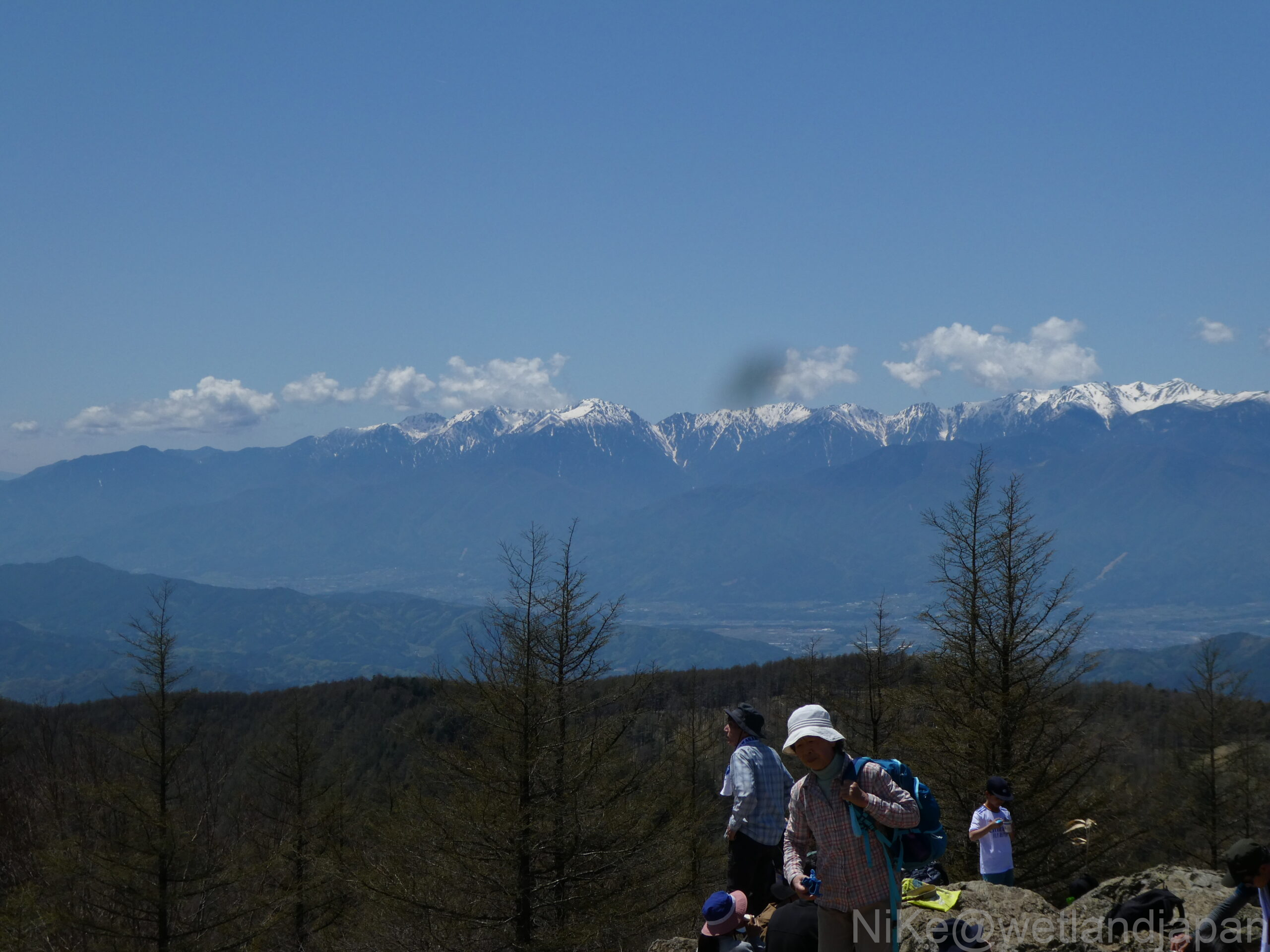
▼After lunch, we descend about 200m to our next destination, Oawara Marsh.
The forest is a mixed forest of conifers including silver fir, fir, and larch, and the area ahead of me to the right opens up as I walk.
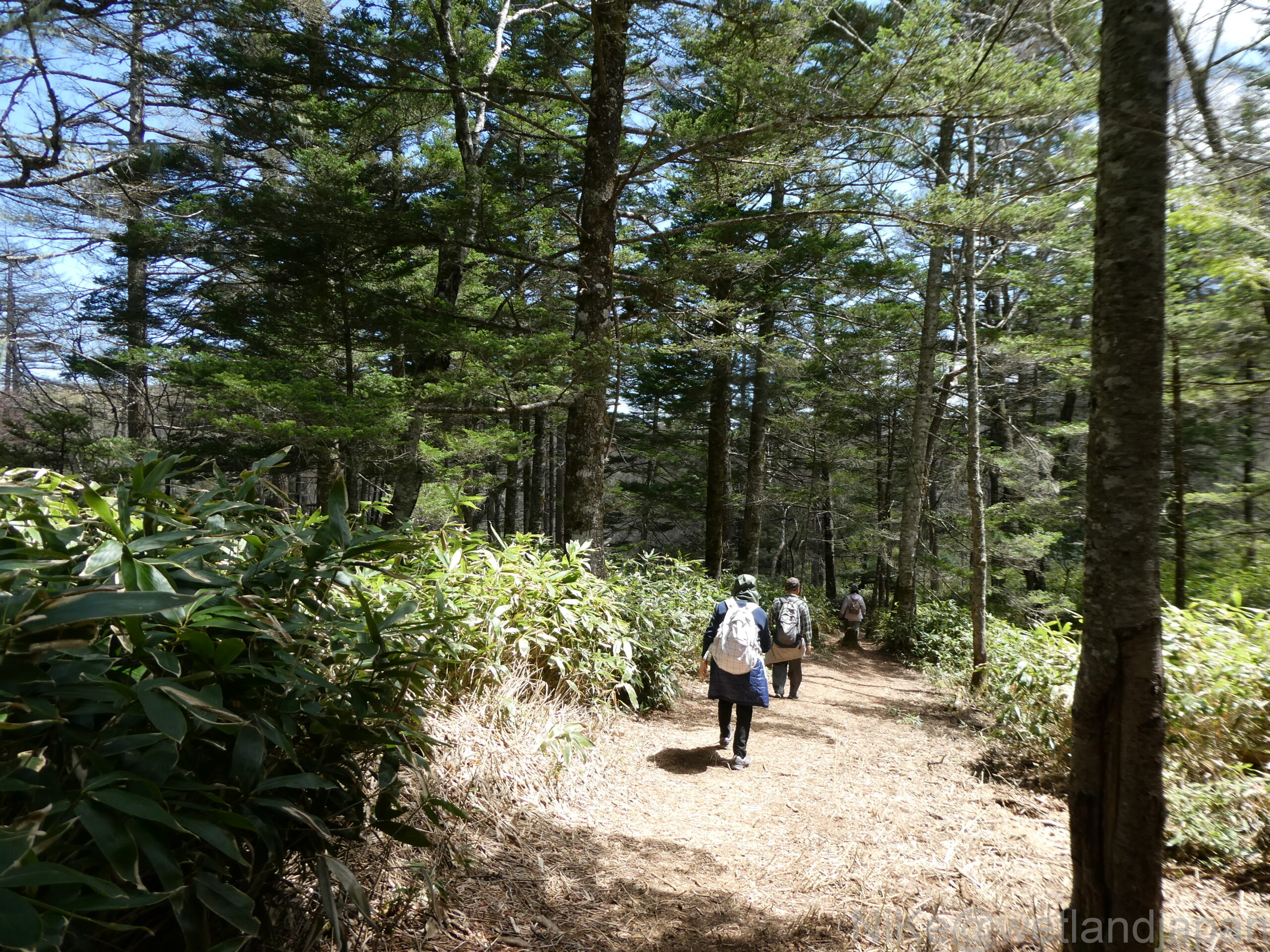
▼The area in front of me to the right is opening up.
It looks like the Oawara Marsh, but there is no water.
The willows are thriving.
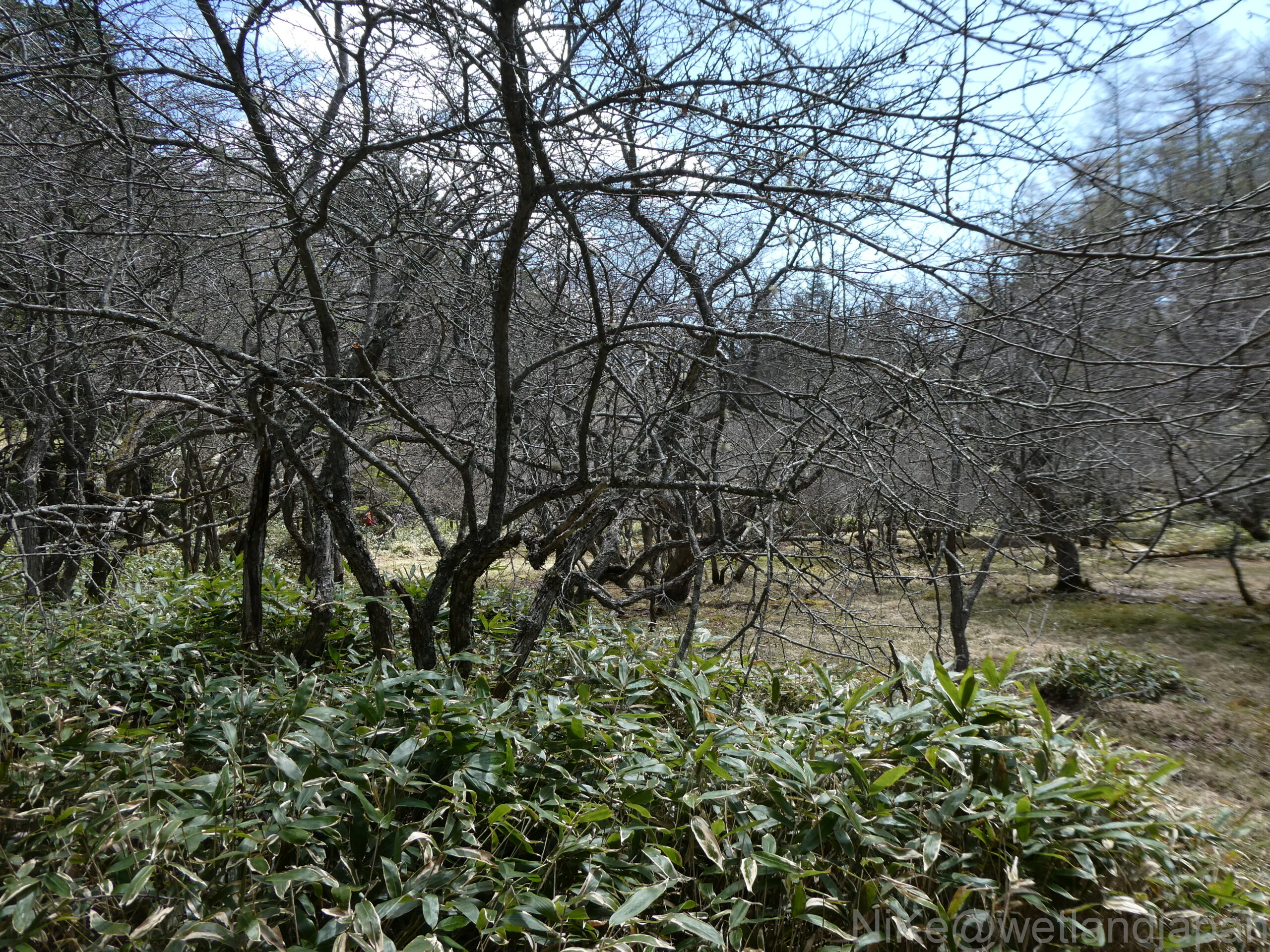
▼The Oawara Marsh Guide states that the Oawara Marsh is a precious marsh located at the southernmost point of Japan's high-altitude marshes.
Sphagnum peat has accumulated and the marsh has entered an old, dry stage.
This can be seen from the gradual invasion of oak and birch trees.
It was also noted that one of the characteristics of this area is that the soil has little nutrients, making it the habitat of carnivorous plants.
As we reached the boardwalk the dryness became even more apparent.
Formed 300 million years ago, this high-altitude marsh is covered with a thick layer of peat and is home to sphagnum moss and other plants.
(Source:Katchan's hiking record)
Both are from the Chichibu Paleozoic Formation and are thought to be roughly the same age.
This is the view below the water from the boardwalk.
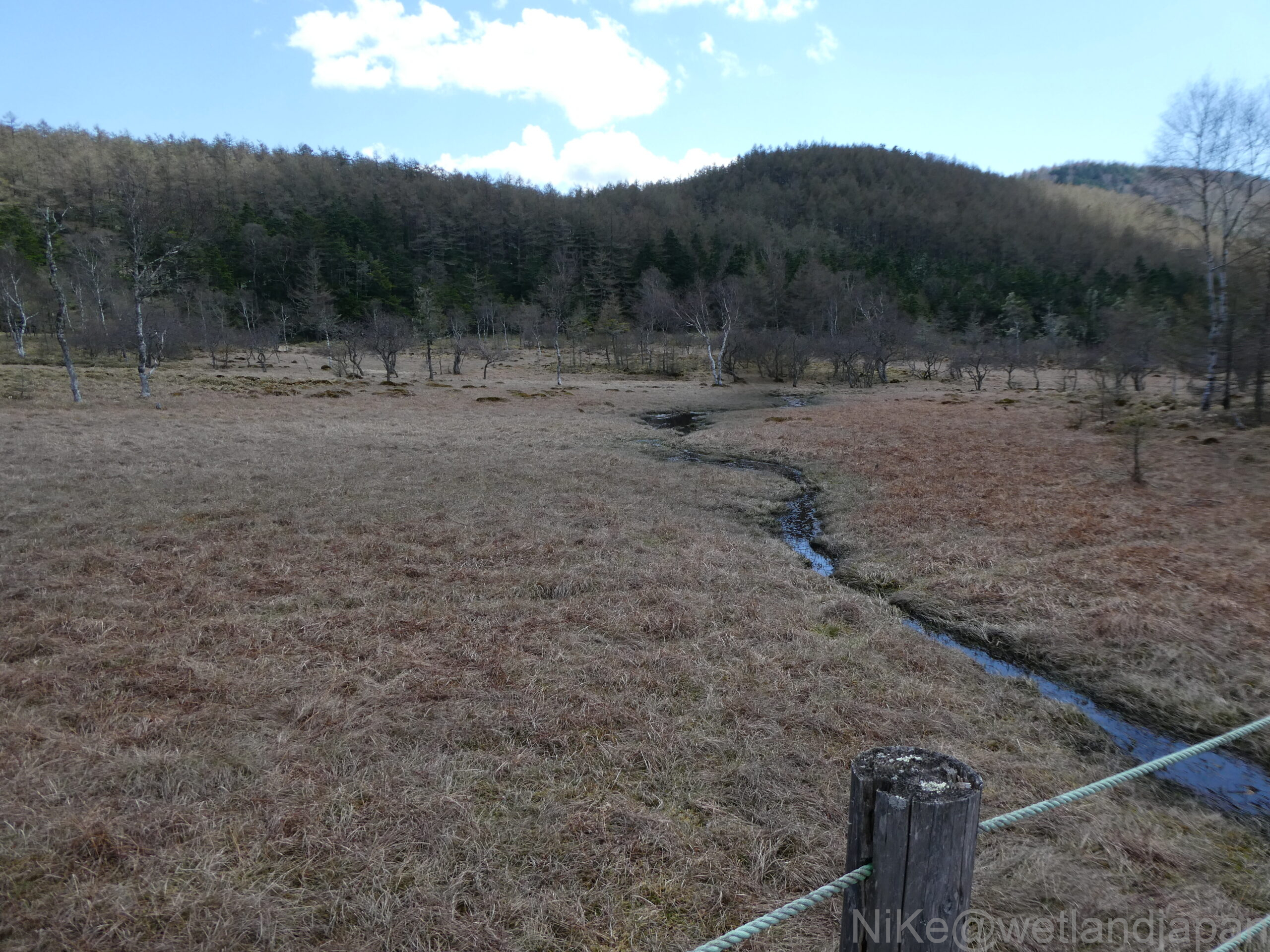
▼The marshland vines are a sign of drying.
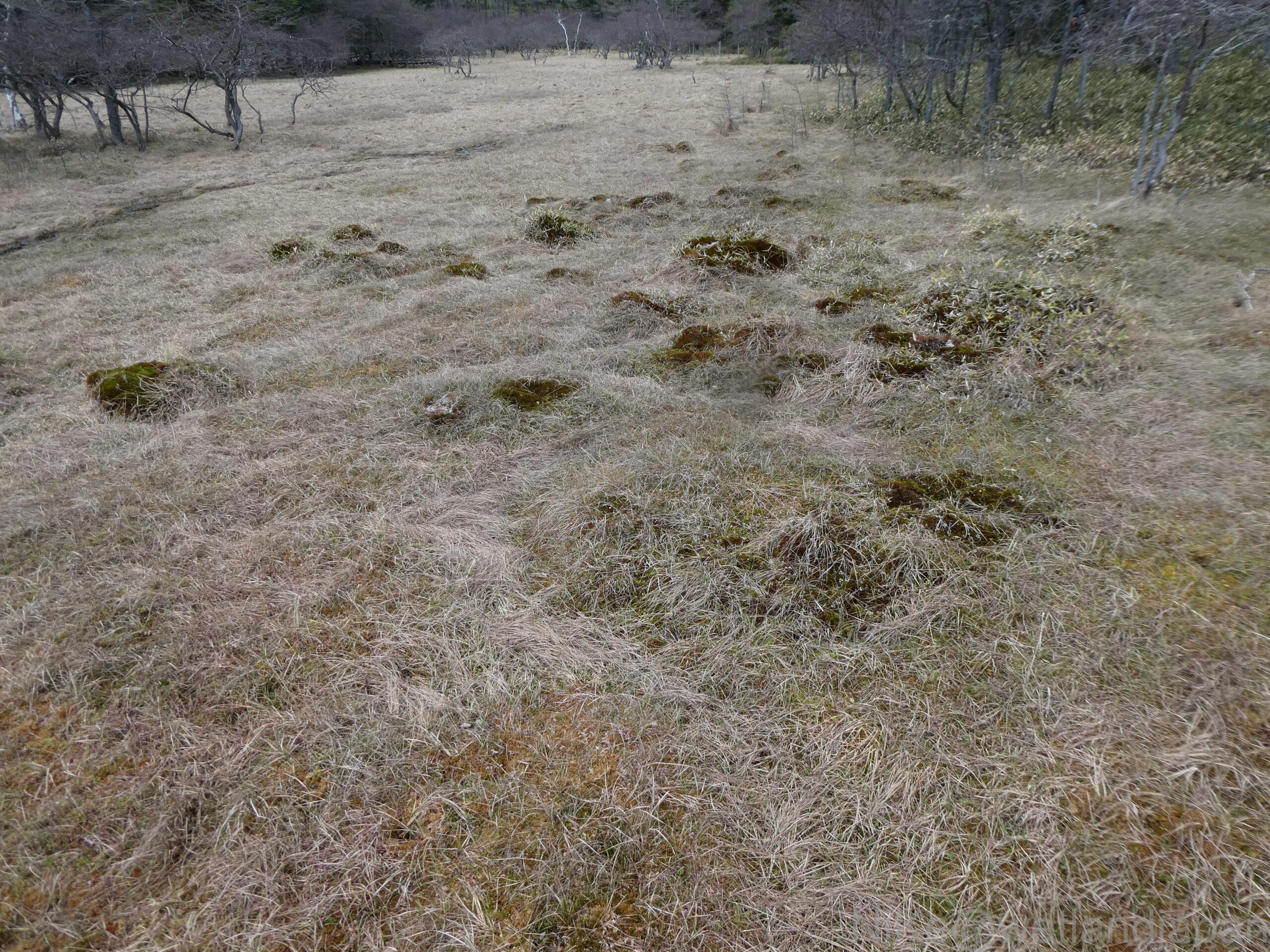
View of the center of the marshland from the observation deck
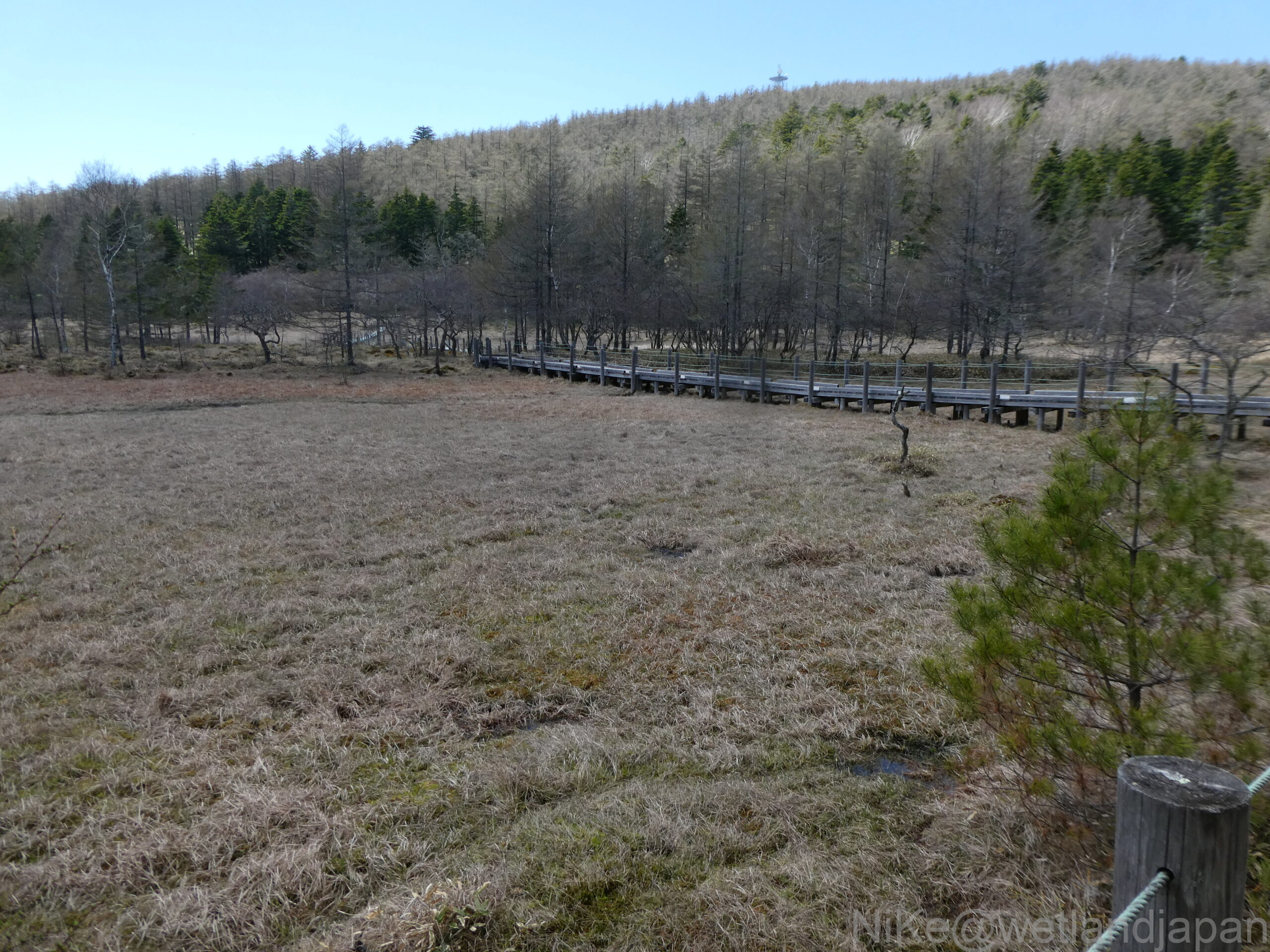
Veitchii forest seen from observation deck
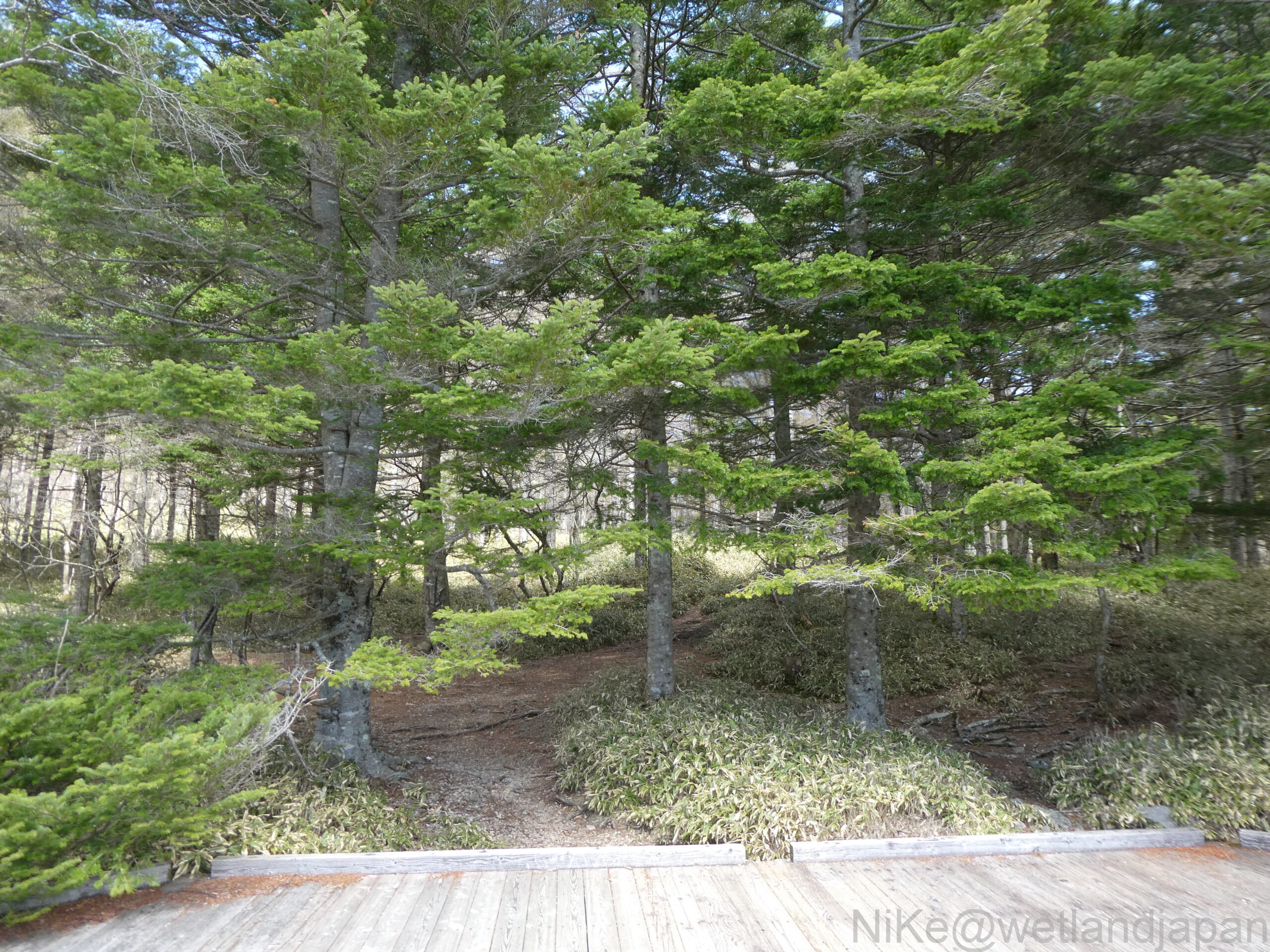
Afterwards we walked back along the paved road to the flower fields.
I saw Usnea again growing on the branches of a Japanese larch tree.
The clouds seen from the foot of the mountain may have turned into fog in this area.
Today we took the gondola and spent half a day seeing the various landscapes created by nature firsthand.
An unexpected harvest was Usnea, which looked like lint hanging from a Japanese larch branch.
It looks like a type of moss.
I'd like to dig deeper.
